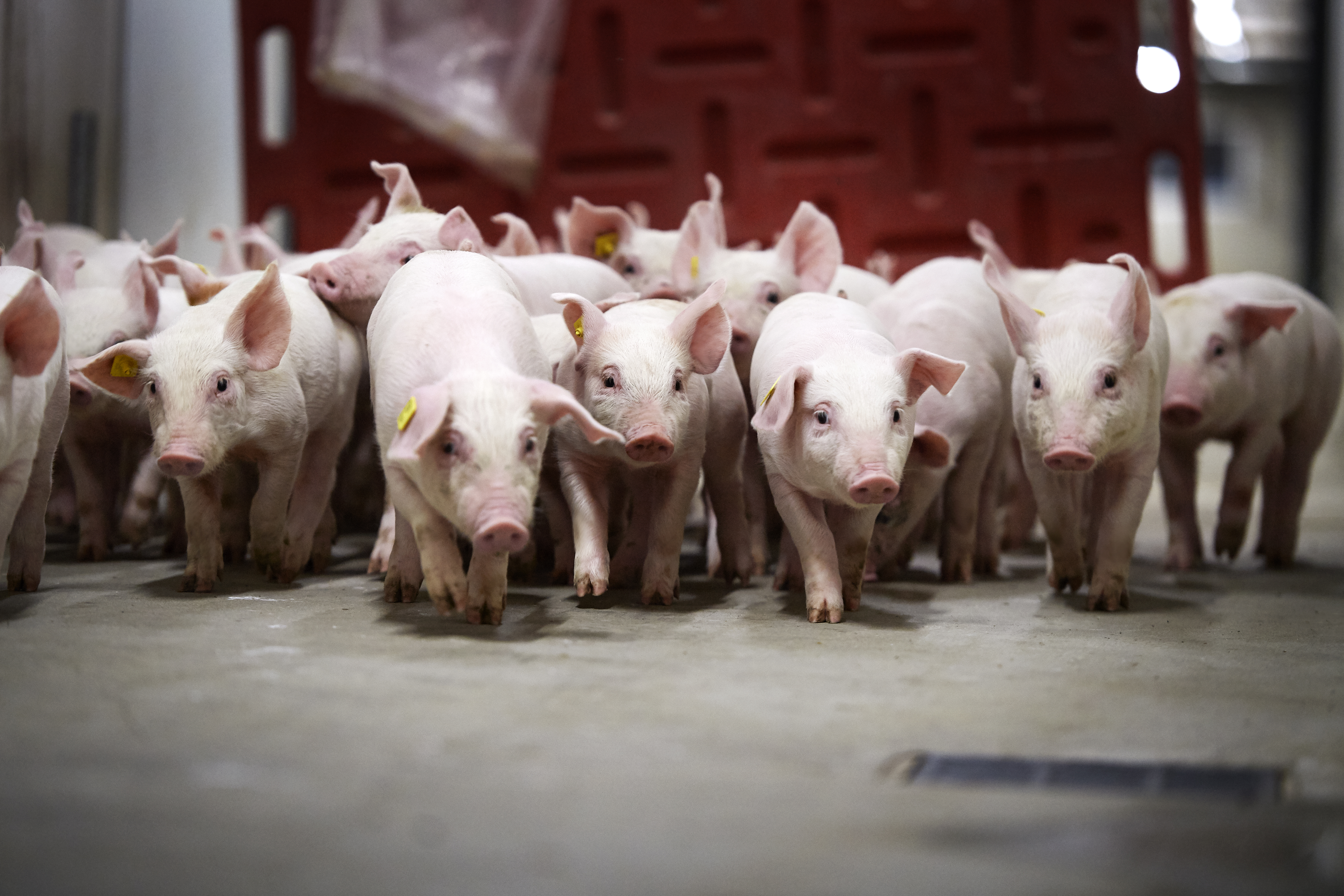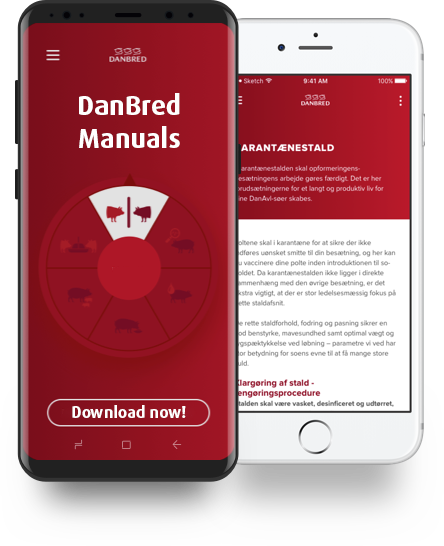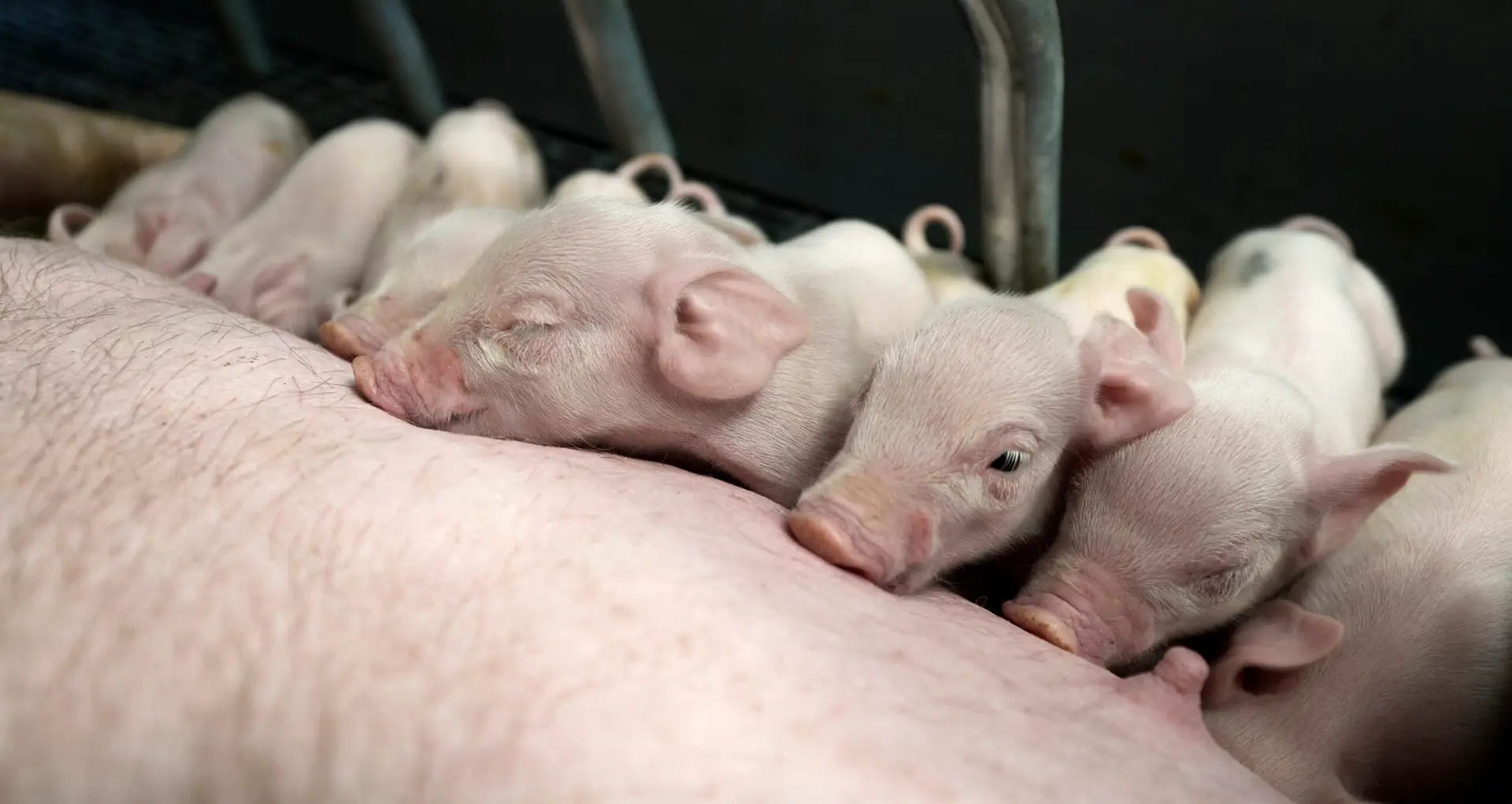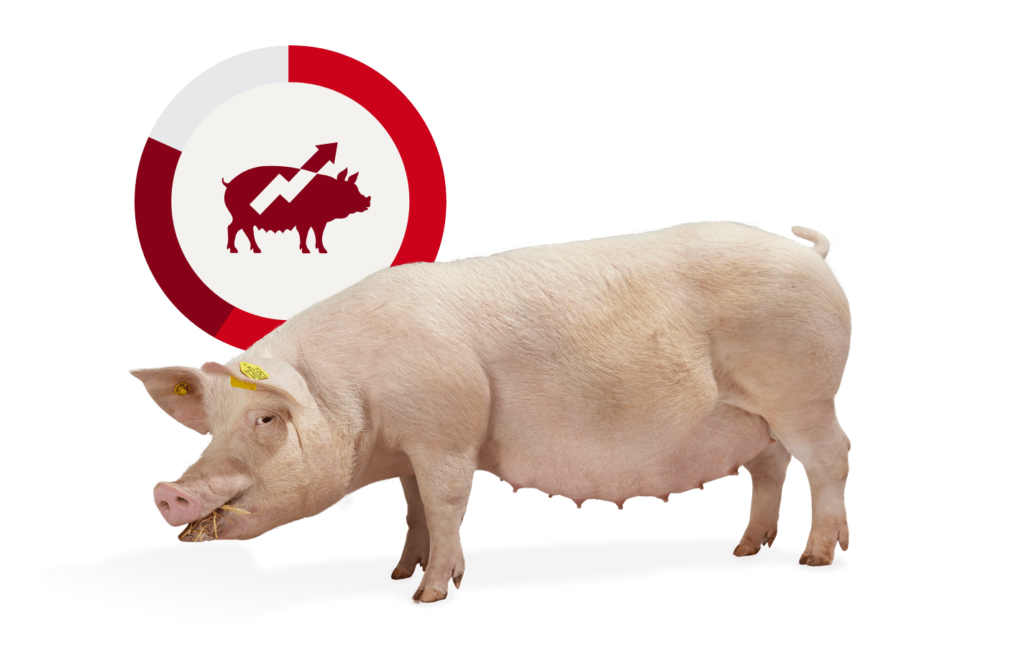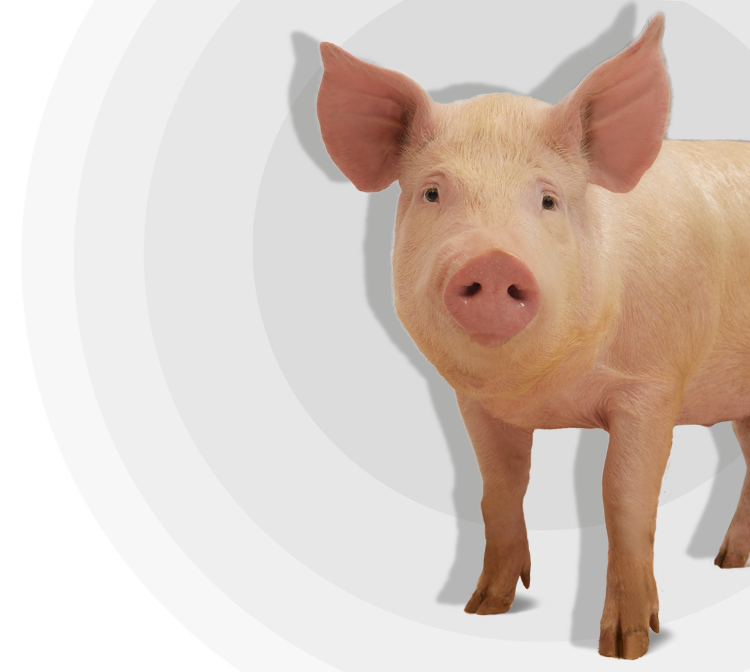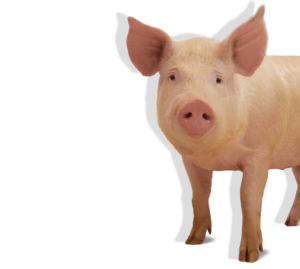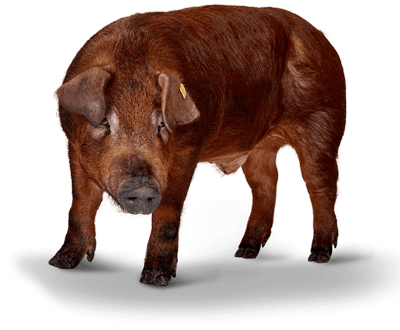The high genetic gain for growth, lean meat percentage and feed conversion in DanBred Duroc is efficiently transferred to their crossbred offspring and contributes to the high profitability of DanBred crossbred finishers. Heterosis further increases the performance of DanBred crossbred finishers to levels that exceed expectations.
The production performance of 2,552 DanBred crossbred finishers and 3,463 of their purebred DanBred Duroc paternal half-sibs was tested and compared at the Bøgildgård DanBred boar testing station. This test, which was carried out by the Danish Pig Research Centre in collaboration with the University of Aarhus, was part of a large project on genomic selection and crossbreeding for the continued research and development of the DanBred breeding programme. The crossbred finishers are the three-way crosses between DanBred Duroc boars and two-way crossbred sows (DanBred Landrace x DanBred Yorkshire).
Full dissemination of genetic progress
“It is important to DanBred that we can verify that the genetic gain we attain in our purebred nucleus farms also disseminate to our customers’ production farms,” says Helle Palmø, Chief Geneticist at DanBred. “This study convincingly demonstrates the performance potential of our crossbred finishers, and it confirms that the genetic progress in DanBred purebreds is not only efficiently transferred to their crossbred offspring but is also magnified further by heterosis”.
For customers striving for increased productivity and profit, well-documented tests like the one carried out in this project are important to ensure that the genetic gain achieved in a breeding programme also manifests in their own production farms. The nucleus farms in a breeding programme breeds purebreds whereas production farms produce crossbreds, but in addition to this difference, environmental factors such as health status, management and feed quality may differ between the two. Therefore, it is not necessarily always the case that the genetic progress achieved in purebred nucleus populations will disseminate fully in production farms, so by testing the purebreds and crossbreds in the same environment, it is ensured that the observed differences are due to genetic factors and not environmental ones.
DanBred crossbreds benefit from favourable heterosis
The results in table 1 show that both the purebred Duroc and the crossbred finishers performed equally well in terms of growth and feed conversion at the time of the test. Adjusted for the fact that there is a slight difference in performance for finisher traits between the Duroc and the purebred DanBred Landrace and DanBred Yorkshire, the project results reveal that the three-way crossbred finishers substantially exceed expectations.
“When DanBred crossbred finishers exceed expectations based on the average of their parents in the same environment, it is most likely due to heterosis,” says Bjarne Nielsen, Senior Scientist at the Danish Pig and Research Centre, who oversaw the project. Heterosis arises when breeds are crossed, and the average performance of the crossbred offspring exceeds the average performance of the parents.
“In fact, our results show that the effect of DanBred Duroc genes on growth and lean meat percentage in the crossbreds was magnified by 40 and 88 percentage points, respectively, compared to the expectation. This means that the genetic progress was effectively disseminated to the crossbreds, and that there is also favourable heterosis”, continues Bjarne Nielsen.
Helle Palmø comments on this finding: “The project clearly concludes that genetic gain has increased the performance of DanBred Duroc even further (see table 1). Therefore, the genetic potential of crossbreds will show improvement to a similar extent. This ultimately benefits DanBred’s global customer base all over the world because Duroc boars at AI stations are continually selected from the best Duroc boars in the nucleus breeding herds”.
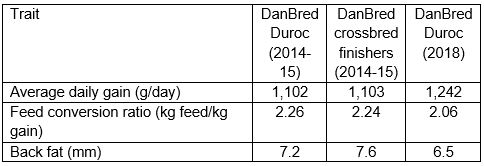
Table 1: Average performance (adjusted for environmental factors) of DanBred Duroc and DanBred three-way crossbred finisher boars (born in 2014-15) as well as average performance of DanBred Duroc boars tested at DanBred boar testing station Bøgildgård (2018).
Sources:
SEGES Publication No 1092 (2016) & No 1093 (2016)

